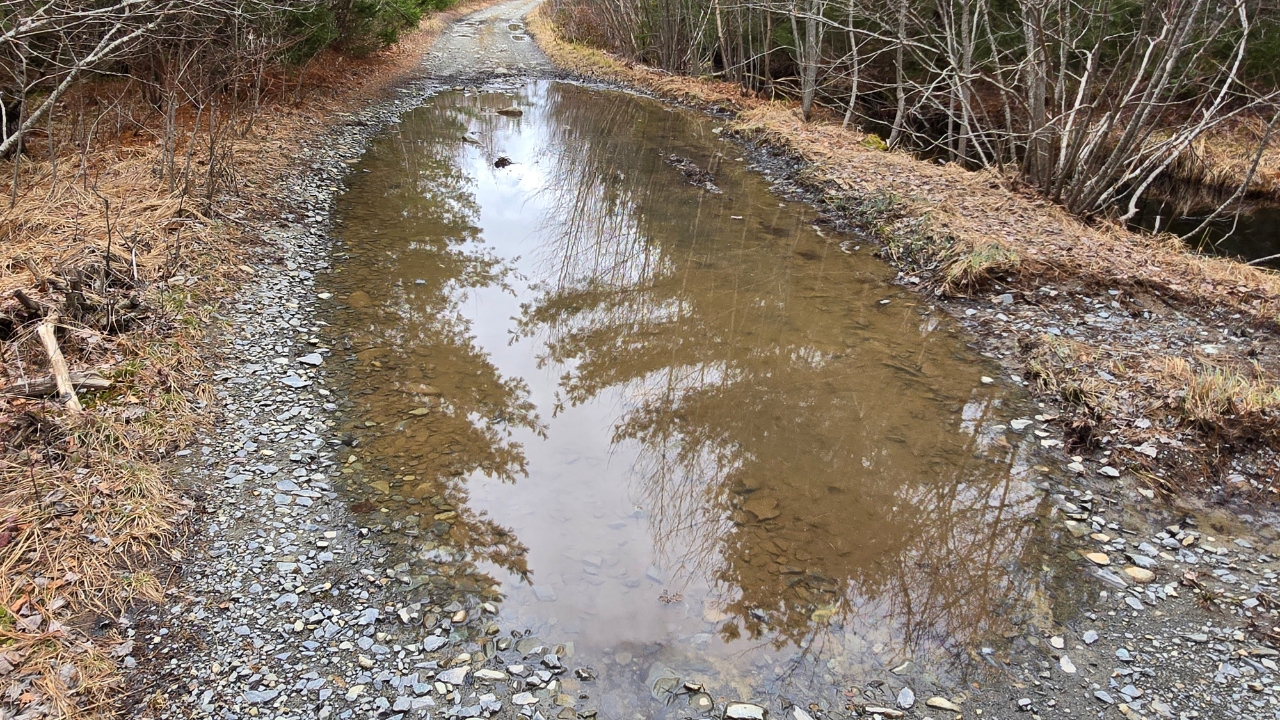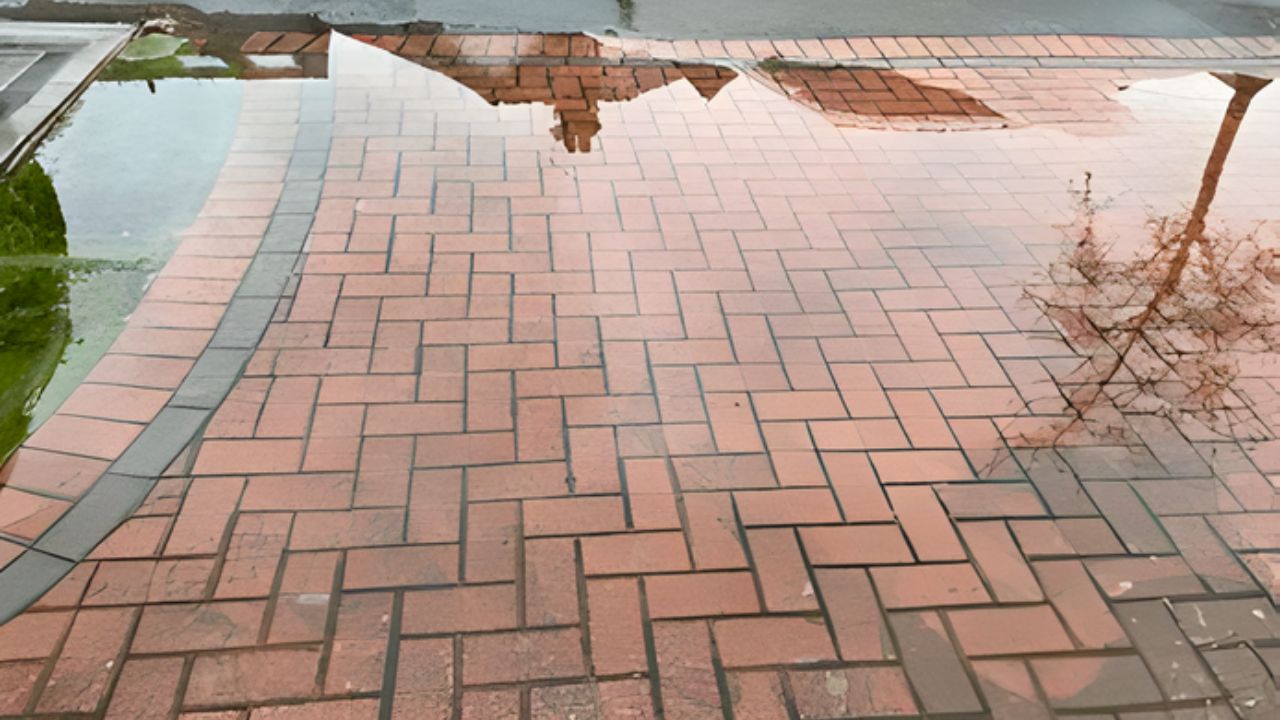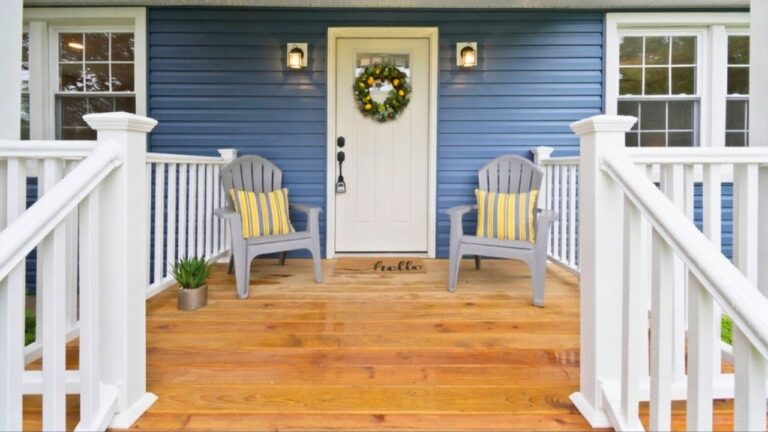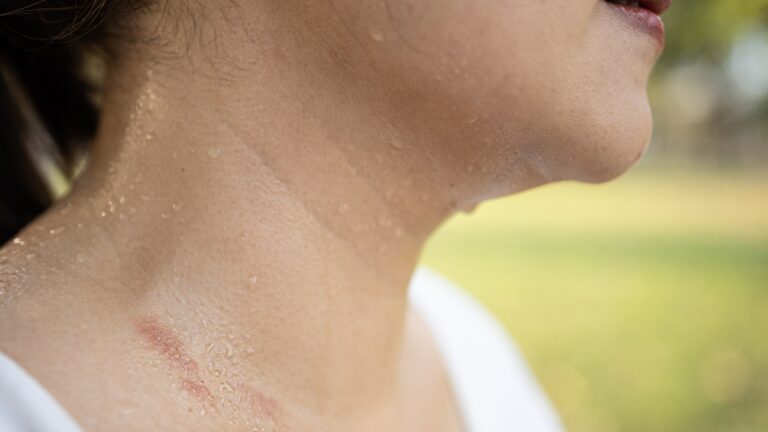Your driveway looks great—but this drainage mistake gives it away
A new driveway can change the whole look of a property. Whether it’s concrete, gravel, or asphalt, a smooth, clean surface instantly makes things feel finished. But no matter how good it looks on day one, if the drainage isn’t right, it’ll start showing its flaws fast.
Puddles, cracks, erosion, and shifting gravel are all signs of poor runoff planning—and they can undo thousands of dollars of work before the year’s over.
Standing water tells the real story
If water doesn’t have a clear path to go somewhere, it’ll sit right where you don’t want it. Those little puddles you see after a storm aren’t harmless—they’re the first sign that your slope or grading isn’t working. Over time, that trapped water seeps through the surface, softening the base underneath and breaking down the structure that’s supposed to hold everything in place.
On concrete or asphalt, it leads to cracking and pitting. On gravel, it turns into ruts and washouts. Either way, standing water shortens your driveway’s lifespan dramatically. Even worse, in winter, that moisture freezes, expands, and causes even deeper damage.
The slope is everything
The most common drainage mistake happens before the first load of gravel or concrete ever goes down—the slope wasn’t set correctly. A driveway needs to shed water, not collect it. The general rule is a minimum slope of 1/4 inch per foot, directing water away from buildings and low spots.
That sounds small, but it makes a big difference. Too flat, and water lingers. Too steep, and it causes erosion or loose gravel to wash away. Getting the slope right means checking not just along the driveway, but across it too. Water should never flow toward your garage, foundation, or walkways.
Gravel driveways have their own challenges

Gravel can look great when freshly graded, but it’s the hardest surface to maintain if drainage isn’t handled properly. Without a solid crown (a raised center that slopes gently to each side), water runs straight down the middle, carving ruts and washing your gravel into the yard.
The fix is keeping that crown shape intact—typically a 2–5% slope from the center out. It’s subtle enough to drive on comfortably but enough to keep rain moving to the edges where it belongs. Adding compacted road base underneath also helps water drain instead of pooling beneath loose gravel.
Concrete and asphalt need runoff plans too
You might think a solid surface like concrete or asphalt takes care of drainage automatically, but it doesn’t. If your contractor didn’t grade it properly before pouring, the surface can actually trap water instead of channeling it away. Even tiny dips create puddles that won’t go away until you fix the slope or add a drain.
Drains or trench channels along the edge are worth it if your driveway sits near a slope or downhill toward your house. Without them, runoff will take the path of least resistance—which usually means straight into your yard or garage.
The edges make or break longevity
Driveway edges are the first place water finds weakness. If they’re not contained, erosion starts small and grows every season. The soil washes out, leaving gaps under the concrete or loose gravel that breaks down faster each time it rains.
Installing proper edging—like compacted gravel shoulders, concrete curbs, or even heavy timbers—keeps the driveway stable and prevents runoff from cutting underneath. It’s one of those things most people skip to save money up front, but it’s what keeps your driveway looking new years later.
Don’t ignore where the water goes next

Good drainage doesn’t stop at the edge of the driveway—it continues into your yard. If you’ve got water pooling in the same spots every time it rains, it’s because your driveway runoff has nowhere to go. Over time, that standing water can kill grass, erode topsoil, and even flood low-lying areas.
Adding a swale, dry creek bed, or French drain helps move water where you want it. These options don’t have to be complicated or expensive. Even reshaping a shallow ditch or laying gravel in a natural runoff path can make a big difference in how your property handles rain.
Fixing bad drainage after the fact
If your driveway already has drainage issues, don’t wait until it gets worse. Once the base starts failing, repairs get a lot more expensive. Sometimes all it takes is regrading the surface or adding a drain at the low point. In more serious cases, you might need to rebuild sections to correct the slope.
The key is to act early—before freeze-thaw cycles or heavy rains make things worse. A small dip today can turn into a full crack or washout by next season.
The best driveways don’t just look good—they last
Anyone can lay gravel or pour concrete, but the driveways that hold up year after year are the ones that handle water correctly. Drainage doesn’t get attention until there’s a problem, but it’s what separates a driveway that stays smooth and solid from one that falls apart after a few storms.
If your driveway looks great right now, take a closer look the next time it rains. See where the water goes. If it’s sitting still or flowing the wrong way, that good-looking surface won’t stay that way for long—and fixing it later will cost more than getting it right in the first place.
Like Fix It Homestead’s content? Be sure to follow us.
Here’s more from us:
8 upgrades that look like you spent thousands (but didn’t)
9 small changes that instantly make a house feel high-end
*This article was developed with AI-powered tools and has been carefully reviewed by our editors.







